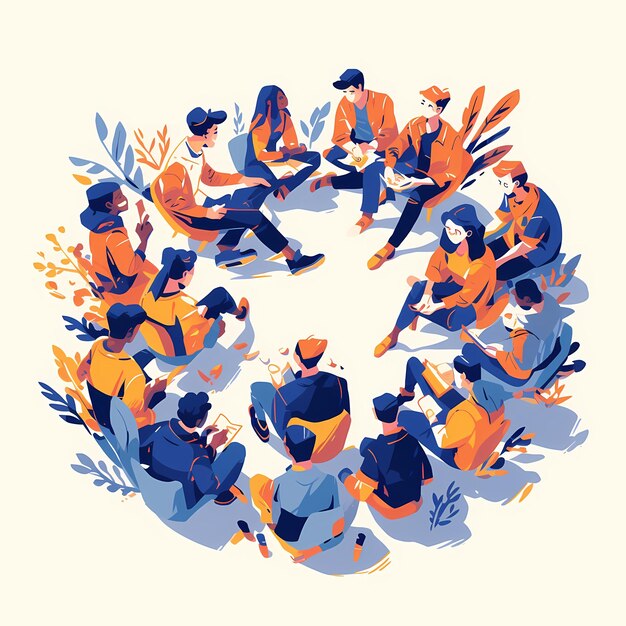How can we foster effective communication and collaboration in digital spaces? What strategies can be employed to promote, rather than impede, meaningful interactions among learners online?

Learning communication in digital spaces can be organized or designed in different formats: discussions, peer and instructor feedback, Q&As, collaborative project work, and more. Effective communication design requires:
Clear guidelines: Describe what is expected as a result, the communication format (real-time or asynchronous), and the timeline. Use short paragraphs, visuals, discussion prompts, and polls. Ensure accessibility for all learners and consider alternative formats and flexible learning options when needed.
Support: Make the list of support information, resources, and technical assistance available to participants.
Design and implement a communication activity in digital space:
- Context: Briefly describe where this activity would take place, who are the learners. Describe the subject of your interest or one that you teach.
- Develop a plan: start with formulating a demonstrable learning objective. Select a learning communication topic for this subject. Formulate a learning goal. Think about what digital settings to select and how to organize communication activity, so the goals are achieved in the result.
- Activity guidelines for learners: What will learners do? What are the expected results, what learners will accomplish as a result of the communication activity.
- Communication Format and Technology Integration: How will communication occur? (e.g., asynchronous discussion forum, real-time video conference, collaborative document). Which digital tools will be used and how? Explain your rationale for choosing these tools.
- Write Instructions and Guidelines for the Participants: Provide clear and concise instructions to facilitate the participants meaningful participation. Write the communication guidelines for learners: invite them to the digital discussion space and inform them about the goals of the discussion and about the rules to follow.
- Share your description of learning activity. Add your message as a comment on this page.
Resources
- 10 Ways to Create Dynamic Online Learning (PDF) – a guide to creating participatory online spaces that provide interactivity and a sense of community
- Check out more digital learning tools on the Communication and Collaboration competency page
Leave a Reply